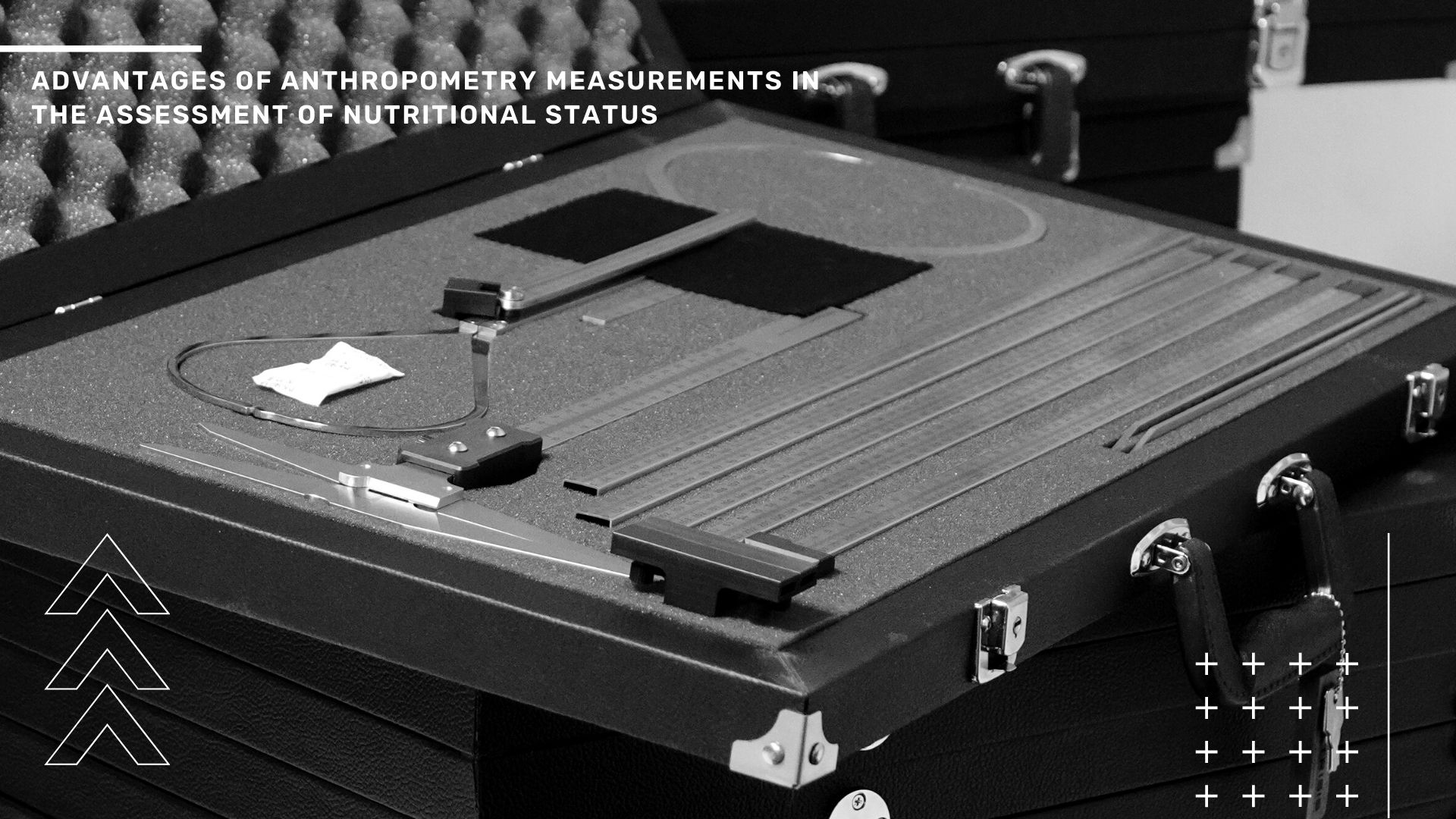Nutrition is an indicator of a person’s health that can be monitored from nutritional intake and physical condition. But did you know that you are solid, it turns out that our nutritional status can also be monitored through anthropometric measurements. Monitoring the nutritional status itself needs to be done to monitor health, especially children’s health, as an investment in future health.
Get to know Anthropometry
Anthropometry generally means measuring body dimensions. The term anthropometry comes from the ancient Greek terms anthropos which means human and metron which means measure. The dimensions of the human body in question start from bone, muscle and fat tissue.
Anthropometry itself has a fairly broad application, in the fields of industrial engineering, medicine, interior design, product design, health, biology to nutrition. In nutrition, anthropometric measurements are useful for assessing a person’s nutritional status and knowing the diseases he has suffered in the past.
Besides being divided into static and dynamic, anthropometry is divided into living anthropometry and skeletal-subdental anthropometry. Divided into two because biological anthropology covers the span of time, past and present, the measurements in anthropology are applied to the skeleton and teeth as well as to living human bodies.
The three types of anthropometric measurements are vertical, horizontal and circular measurements. In tooth size, 3 important measures are mesiodisal, buccinual, and crown height. Anthropometry applications cover various fields because it can be used to assess growth status, nutritional status and obesity, individual identification, exercise, and the elderly.
Anthropometry Measurements in Assessing Nutritional Status
Anthropometric measurements are an important indicator in assessing a person’s nutritional status. Not only nutritional status, the size of the body’s anthropometry is also related to brain growth and bone maturity.

The principle of child growth is cephalocaudal, which is the fastest growth pattern that always occurs from the upper body, such as the head, neck, shoulders, and trunk. Another principle is the principle of proximodistal growth, namely the growth pattern that occurs from the center of the body and moves towards the hands and feet, such as the control of body and arm muscles will be more easily seen in infants before hand and finger control.
From the growth principle, it is concluded that brain grown first than the growth of organs next to the caudal brain. Likewise, the trunk has more optimal growth than the legs. This knowledge is a projection into why measuring head circumference is more important than thigh circumference, for example, in assessing a child’s growth status.
Advantages of Anthropometric Measurements in Assessing Nutritional Status
We already know the position of anthropometric measurements and their usefulness for assessing nutritional status. Now is the time to know the advantages of anthropometric measurements as an indicator of assessing nutritional status. The following are the advantages of anthropometry in assessing nutritional status:
- Can be used by non-professionals who have been given previous training. This is because these anthropometric tools are relatively easy to use
- The measurement results are easy to conclude because the reference standard is available.
- Anthropometric measurements can also detect a person’s nutritional history in the past or the past.
Anthropometric Table Example :

Anthropometric measurements in assessing a person’s nutritional status can certainly be useful in detecting the possibility of malnutrition. However, this can be done optimally if the measuring instruments used are precise and accurate.
The Most Accurate Anthropometric Measuring Tool
The results of anthropometric measurements for orthopedics must be accurate and precise. Therefore, a measuring instrument is needed that supports these accurate results. Here is a selection of the best measuring tools that can be used:
Portable Anthropometry Kit for Medical Schools
Metrisis – Portable anthropometry by Solo Abadi Indonesia is an anthropometric measuring instrument derived from the anthropometric chair which is packaged in a portable form, with the aim that the measuring instrument can be moved or carried anywhere easily. Like an innovation, portable anthropometry can be used to measure up to more than 100 dimensions of the human body.
The function of this tool is to carry out anthropometric measurements that are carried out carefully and prioritize the accuracy of the data. This instrument offers measurement capabilities of up to 100 measurements. In addition, its portable form makes this tool can be used unlimited time and done anywhere.
Anthropometric kits from SOLO ABADI have been sent to various departments in Indonesia. Currently, 8 Portable Anthropometry kits from SOLO ABADI have been used, one of which is the Department of Medicine, Islamic University of Indonesia. The following are the details of the Anthropometry Portable Kit product.
Contact Us To Get Anthropometry Products
Get anthropometric measuring tools from Solo Abadi by filling in the ask for price feature available. You can also connect directly through our WhatsApp, because we are ready to contact you immediately.








